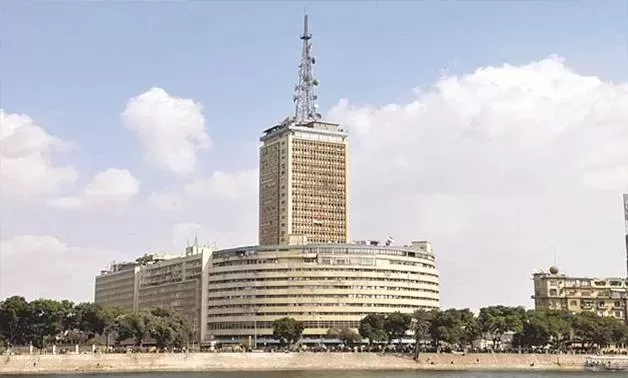In the evening of July 21, 1960, Egypt witnessed a historic moment that would forever alter the fabric of its society.
This moment was the birth of Egyptian television, a beacon of hope and progress that emerged amidst the jubilant celebrations of the July Revolution.
Egypt holds its head high as the first country in the Middle East and Africa to offer television broadcasting services, a testament to the nation’s dedication to innovation.
The seeds of this revolutionary endeavour were sown years earlier, in the mind of Salah Salem, a stalwart of the Free Officers Movement that had ushered in a new era of change with the 1952 Revolution.
Salem presented then President Gamal Abdel Nasser with a proposal to establish a radio and television station in Mokattam, setting the stage for a transformational journey that would captivate the hearts of millions.
President Nasser, recognising the power of this bold vision, swiftly granted his approval, entrusting Eng. Salah Amer with the monumental task of bringing this dream to life.
The stage was set, and with the government earmarking 108,000 Egyptian pounds, the iconic Maspero television building began to take shape along the majestic Nile Corniche in Boulaq.
The prominent building, named after French Egyptologist Gaston Maspero, stands out for its circular design and welcomes over 30,000 visitors daily.
Despite facing numerous challenges and setbacks, the spirit of innovation persevered.
The ambitious project saw the acquisition of communication equipment in 1956, paving the way for the design of state-of-the-art studios and transmission stations that would soon beam the very essence of Egyptian culture and heritage across the airwaves.
The road to success was not without its obstacles, as the tripartite aggression threatened to derail the project.
However, undeterred by adversity, the wheels of progress continued to turn, culminating in the selection of the US company Radio Corporation of America (RCA) to bring the European system of television broadcasting to life in Egypt.
And so, on that day in 1960, Egyptian television blinked to life, illuminating screens across the nation with a five-hour programme that resonated with the soul of Egypt.
From the recitations of the Qur’an to the resonant speeches of President Nasser, the inaugural broadcast encapsulated the very essence of a nation on the cusp of transformation.
Since its humble beginnings, Egyptian television has blossomed into a vibrant cultural icon, serving as a mirror of the nation’s rich history and diverse tapestry of traditions.
From the inception of a single channel to the introduction of multiple channels catering to different segments of society, Egyptian television has evolved into a powerhouse of entertainment and information, captivating audiences with its innovative programming.
Through the decades, Egyptian television has weathered storms and embraced change, forging ahead with determination and resilience.
From the introduction of colour broadcasting in 1976 to the establishment of private ventures, the evolution of Egyptian television has been a fascinating journey, marked by a rich tapestry of stories that resonate across generations.
With each broadcast, it weaves a narrative thread that connects audiences to the past, present, and future, ensuring that its impact will endure for years to come.






Discussion about this post